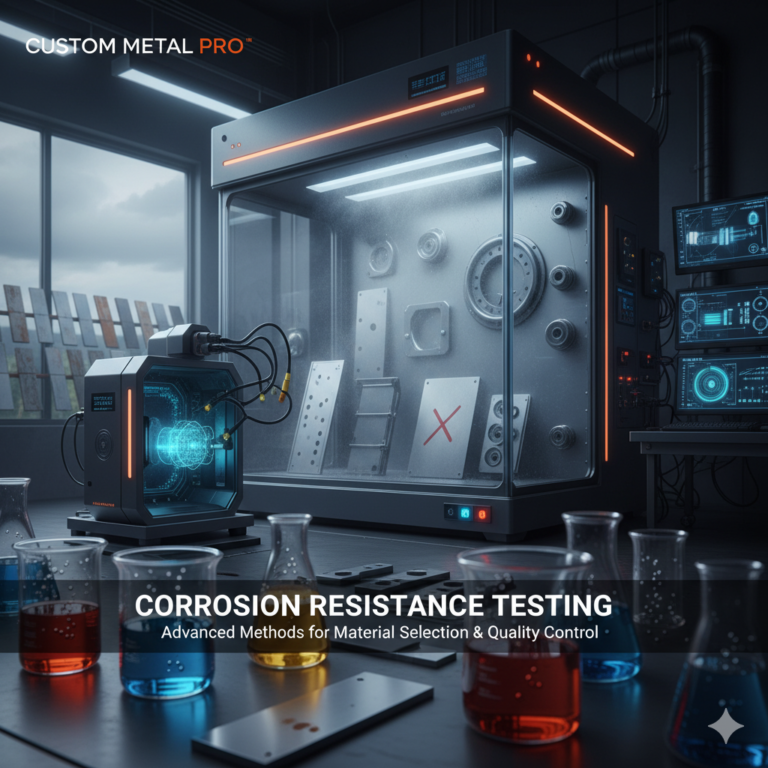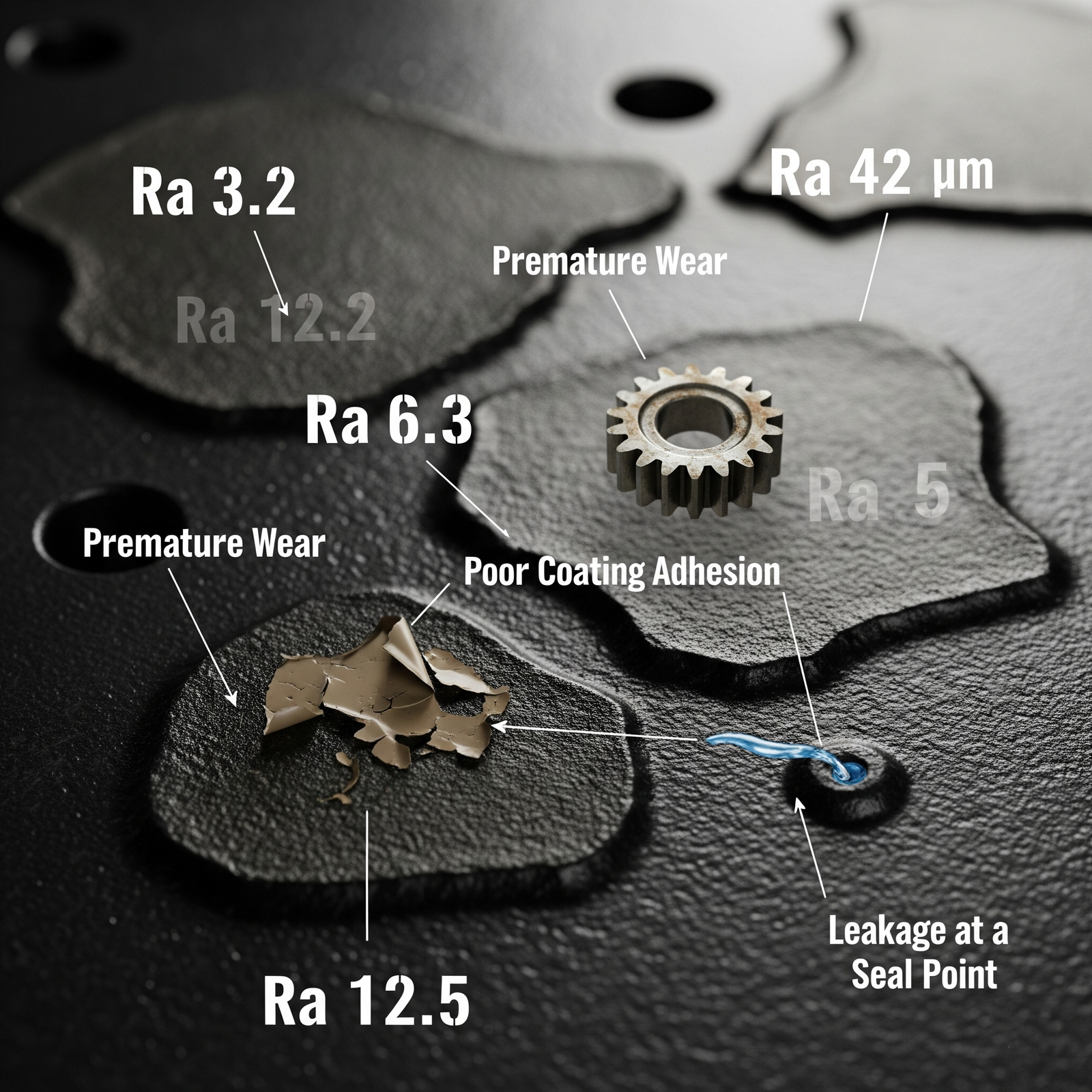
If your metal part looks perfect but fails in performance, surface roughness1 might be the hidden culprit.
Whether it’s premature wear, poor coating adhesion, or leakage at a seal point, poor surface finish2 causes real-world problems. Yet many engineers still treat Ra values as “nice-to-have” data—until things go wrong.
Let’s break down why surface roughness matters in metal finishing and how to choose the right measurement method.
📏 What Is Surface Roughness—And Why Does It Matter?
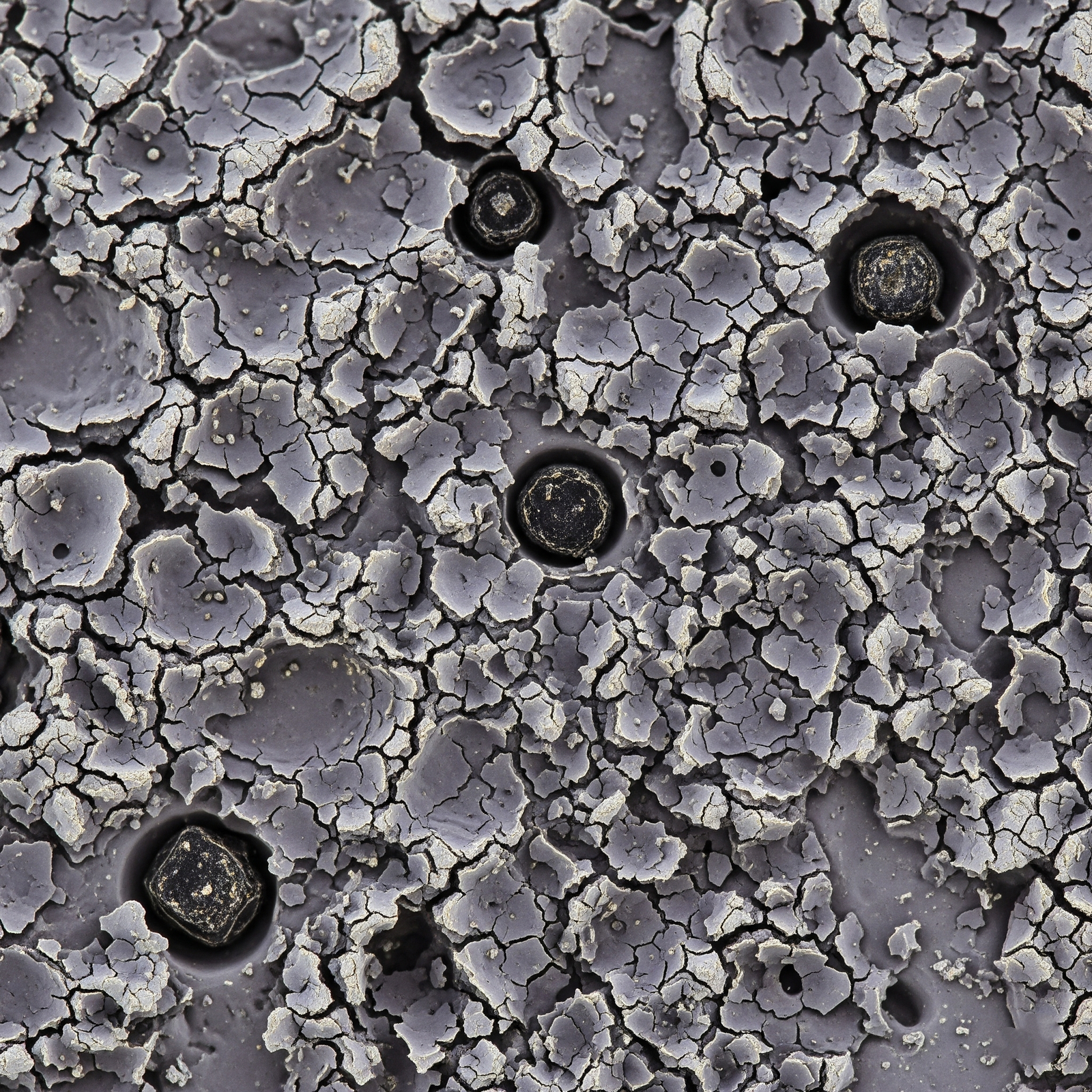
Surface roughness refers to the microscopic peaks and valleys on a part’s surface. Even a part that looks smooth to the eye may have irregularities that impact its real-world function.
Why It Matters:
- Adhesion: Coatings like anodizing or plating may fail on too-smooth surfaces
- Friction: High Ra values increase wear in sliding parts
- Sealing: Gasketed joints may leak if surface is too rough
- Cleanliness: Contaminants stick to rougher surfaces in medtech or optics
A rough finish isn’t always bad—but the wrong roughness for your application can mean failure.
🧪 How Is Surface Roughness Measured?
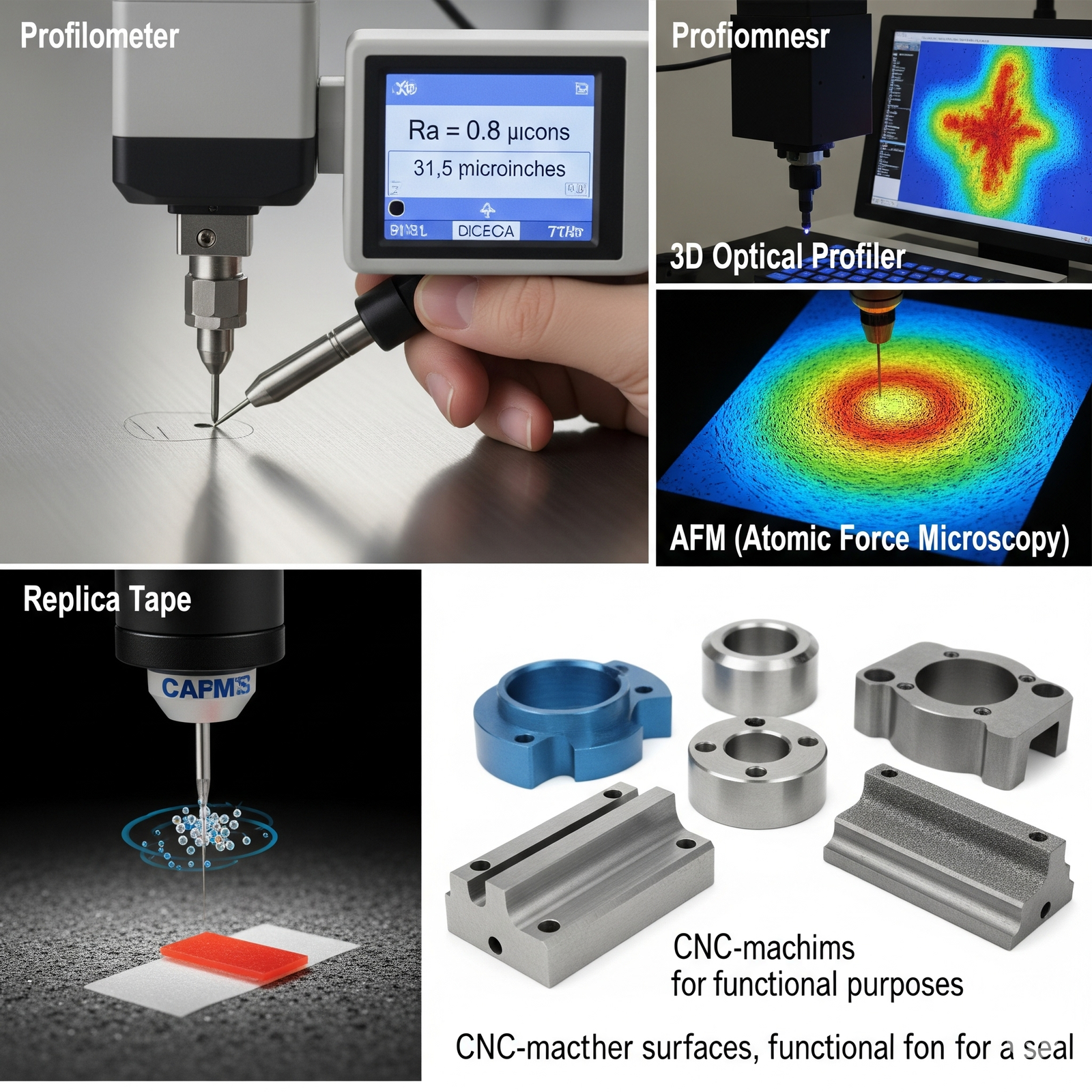
The most common parameter is Ra (Roughness Average)3, expressed in microns (µm) or microinches (µin). It’s a measure of the average height variation from the mean line across a cut of the surface.
🧰 Common Measurement Methods:
| Method | Best For | Accuracy | Notes |
|---|---|---|---|
| Contact Profilometer4 | Most machined or flat surfaces | High | Stylus traces the surface; affordable & widely used |
| 3D Optical Profiler5 | Medical, optics, microcomponents | Very High | Non-contact; captures detailed topography |
| AFM (Atomic Force) | Nanotech, MEMS, research | Ultra High | Extremely detailed but expensive |
| Replica Tape + Microscope | On-site coating or weld checks | Medium | Portable; not as precise but convenient |
🔍 Quick Tip: For most CNC parts, an Ra of 0.4–1.6 µm (16–63 µin) is ideal for functional surfaces like seals or fits.
⚙️ What’s the Right Surface Roughness for Your Finish?
Different finishing processes respond differently to surface texture. Here’s how roughness impacts common finishes:

| Finishing Process | Ideal Pre-Finish Roughness | Reason |
|---|---|---|
| Anodizing6 | 0.8–1.6 µm | Too smooth = poor dye absorption |
| Electroless Nickel7 | 0.4–1.2 µm | Ensures uniform plating & adhesion |
| Powder Coating8 | 1.6–3.2 µm | Slight texture improves coating bond |
| Polishing | < 0.2 µm | Needed for mirror finish or optics |
| DLC Coating9 | < 0.4 µm | Low roughness prevents micro-cracking |
Key takeaway: Surface finish is only as good as the substrate roughness beneath it. Skipping Ra control means risking failure even with the best finishing method.
🧠 Why Engineers & Buyers Need to Specify Surface Roughness
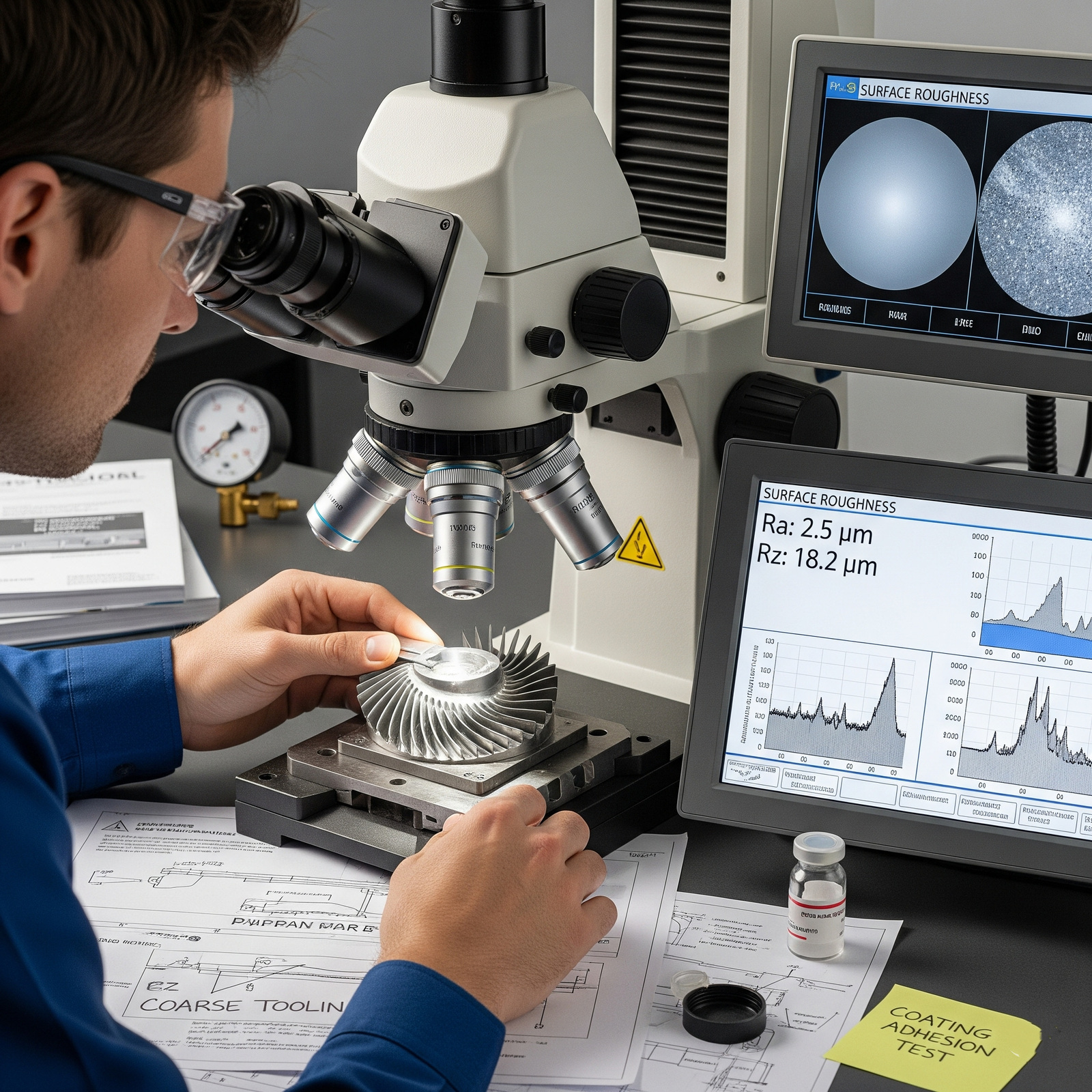
Roughness isn’t a detail—it’s a performance parameter.
If you don’t specify it:
- The shop may use tooling that’s too coarse
- Finishing vendors may misapply coatings
- You may get parts that “look good” but don’t function under load
Smart teams include Ra or Rz values on drawings and confirm them after machining or post-finishing.
📩 Not Sure What Roughness Your Application Needs?
Our engineers analyze material, finish, and function to recommend the right roughness level before coating—saving you rework and failures.
🛠️ For example:
- Sealing aluminum parts before anodizing? We’ll check if Ra < 1.2 µm is enough.
- Medical device housings needing easy cleaning? We may recommend < 0.8 µm and non-contact measurement.
👉 Upload your part drawing and we’ll match it with the optimal surface specs
✅ Why Teams Trust Our Finishing Recommendations
- 300+ engineering teams supported across CNC, stamping, casting
- On-site partners for anodizing, plating, and polishing
- Lab-grade roughness validation tools (profilometers & optical profilers)
Hundreds of OEMs rely on us to improve finish quality, reduce field failures, and get it right the first time.
-
Understanding surface roughness is crucial for ensuring optimal performance in engineering applications. ↩
-
Learn why achieving the right surface finish is essential for the functionality of manufactured parts. ↩
-
Learn about Ra values to better understand how they affect the performance of metal parts. ↩
-
Explore the functionality of contact profilometers for accurate surface roughness measurements. ↩
-
Discover how 3D optical profilers provide detailed surface topography without contact. ↩
-
Find out how surface roughness impacts the anodizing process and coating adhesion. ↩
-
Learn about the importance of surface roughness in achieving uniform Electroless Nickel plating. ↩
-
Understand the relationship between surface roughness and the effectiveness of powder coating. ↩
-
Explore how surface roughness can prevent micro-cracking in DLC coatings. ↩

